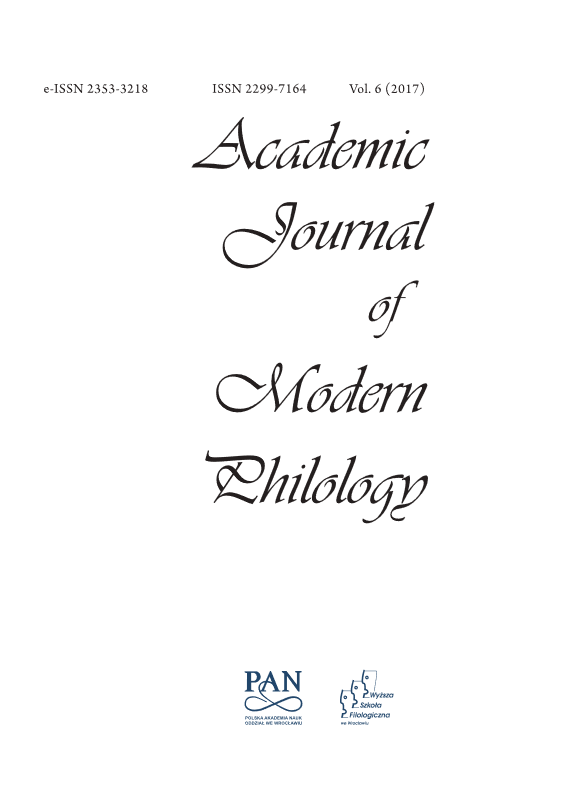Introduction to Ịzọn Language and Culture
Introduction to Ịzọn Language and Culture
Author(s): God’spower Tamaraukuro PreziSubject(s): Language studies, Language and Literature Studies, Morphology, Philology
Published by: Komisja Nauk Filologicznych Oddziału Polskiej Akademii Nauk we Wrocławiu
Keywords: Ịzọn; vowel harmony; nasalized vowels; tones; sí
Summary/Abstract: This paper aims to introduce Ịzọn to the world audience. We note the status of Ịzọn as a “main” language, the geographical location of the Ịzọn people in the Niger Delta of Nigeria, the occupations of the Ịzọn, the consonants, vowels, vowel harmony and nasalized vowels in Ịzọn. We observe that in Ịzọn a vowel becomes nasalized when it occurs in the environment of a nasal; that a high tone marked ( ́), and a low tone marked (`) perform both lexical and grammatical functions in Ịzọn; that Ịzọn has S-O-V word order; that each word category is written separately; that the negative gha is marked on the verb; and that borrowed words, names of places and languages are nativised. We throw some light on the Ịzọn numerical system, namely: the traditional cardinal numbers such as óyí(10), sí (20), andẹ́/ọndẹ́(400) and andẹ́rịmandẹ́/ọndẹ́rịmọndẹ́ (160,000); the modern standardized numbers such as 100 ọdọ́zọ́, 1000 ọgị́zị́, 1,000,000 ịpámụ́ and 1,000,000,000,000 ẹndẹ́rị́ and the ordinal numbers, bụlọụ 1st and mamụ karamọ2nd. Next we look at the kinship, persons, religious, colour, body parts, cooking, occupational and other terminology in the lexicon of Ịzọn. Finally we observe some salient aspects of Ịzọn culture such as their dressing, religion, food, festivals, dances, traditions, and customs.
Journal: Academic Journal of Modern Philology
- Issue Year: 2017
- Issue No: 6
- Page Range: 127-143
- Page Count: 17
- Language: English

